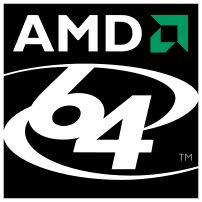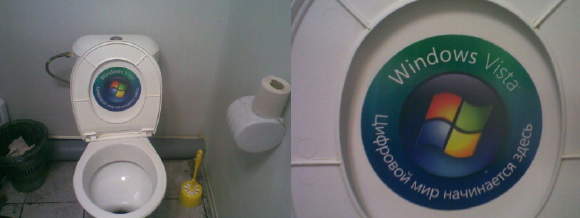
- Image via CrunchBase
Asus, the creator of the EeePC, which launched the netbook craze, wants to break into the E-Book market with a product that could be at least $100 less expensive than current offerings. A proposed model would have two screens, more closely resembling a regular book, as well as many more features than the current offerings, including Skype and such.
This isn’t really outside of the realm of possibility. Take the EeePC versus the proposed Eee-book a step further. Picture a device the size of the original netbook at 7 inches, or even the 10 inch size, turn it on its side, replace the keyboard with a second screen, add in an orientation sensor, a few buttons, possibly a touchscreen, and the ability to plug in a USB keyboard, and it would become a small system that could double as a nettop device. Give it a Linux-based OS, with SD expansion, and 3G or Wi-FI options, and it can do anything.
Technology continues to advance. We’ll see what happens.
Related articles by Zemanta
- Dual-Screen E-Reader Is Going to Be Awesome, Super Cheap (mashable.com)
- Asus delve into e-book reader market (ubergizmo.com)
![Reblog this post [with Zemanta]](http://img.zemanta.com/reblog_c.png?x-id=b91992a3-5e0d-4006-a804-e3c6b2d46fc3)


![Reblog this post [with Zemanta]](http://img.zemanta.com/reblog_e.png?x-id=475f7f45-657c-4874-a241-6eb23bb06c6f)


![Reblog this post [with Zemanta]](http://img.zemanta.com/reblog_e.png?x-id=3c7faf97-2dbf-4b53-80a2-a30df78c7e36)